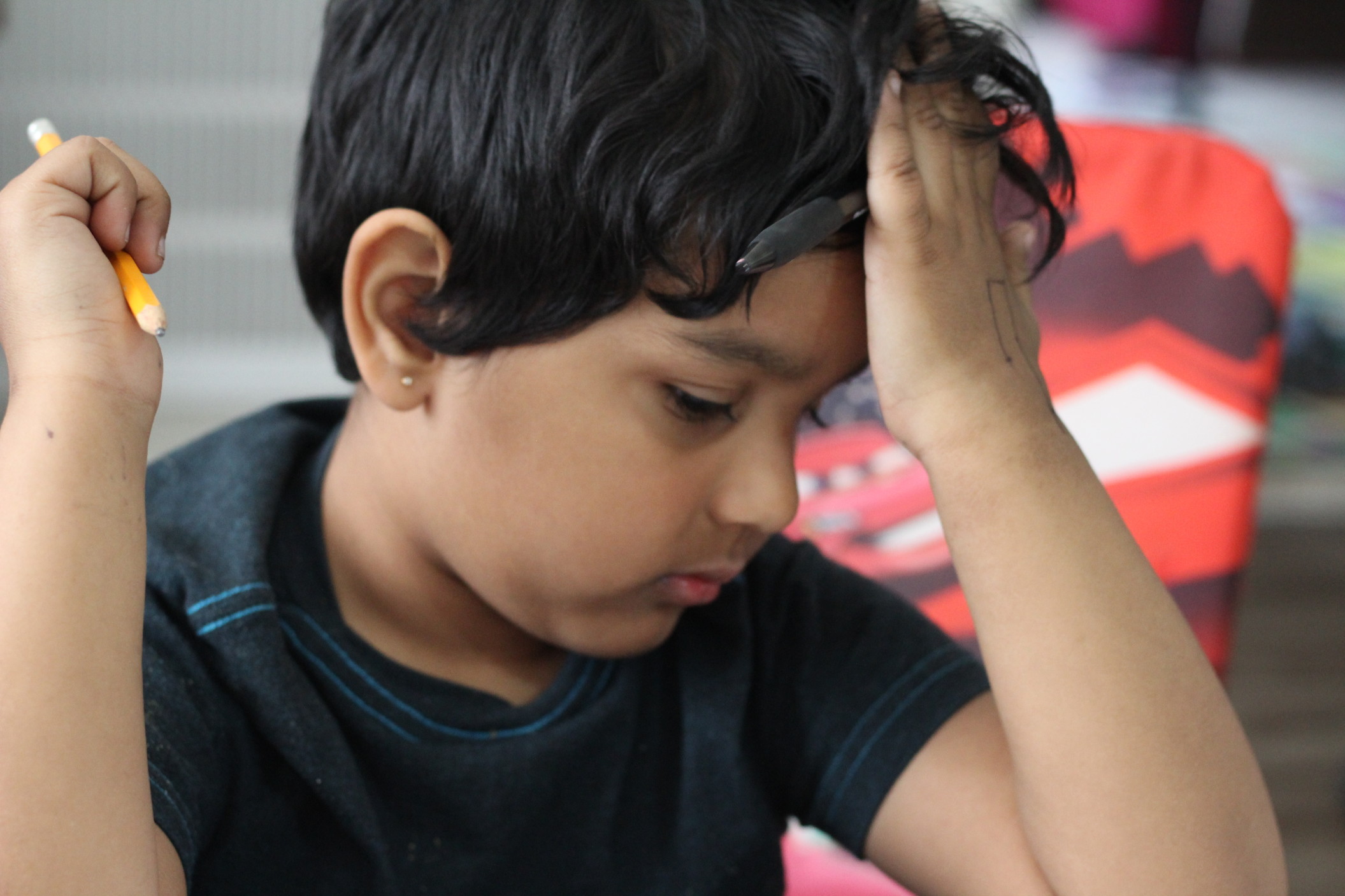Schools Are Reopening: Why Students Might Need More Support Than Ever
 In the flurry of debate and societal pressure to reopen schools, some quieter voices are missing from the dialogue—the children who are terrified to go back.
In the flurry of debate and societal pressure to reopen schools, some quieter voices are missing from the dialogue—the children who are terrified to go back.
Together we have all experienced a form of collective trauma as most of the world ground to a halt for a year in which we have witnessed the pandemic ravage our lives and economy. Many children have lived through a great deal of hardship and loss over the past year, disproportionately so youth from marginalized or resource-scarce backgrounds. As young people struggled to acclimate to their new remote learning landscape, the news headlines have been consistently frightening and confusing for many of them, adding to an overall feeling of potential uncertainty and underlying fear for their own personal safety. Many questions still remain unanswered for adults and youth: Is it safe to go back to school? Can children transmit the virus? How well do the vaccines really work? What about these variants?
Given these circumstances, anxiety is therefore a perfectly normal response. It seems wise for parents and educators to prepare for the possibility of a heightened state of worry and fear in many children. It is also possible to be both excited and worried at the same time and, if we want school re-entry to go smoothly, it is critical we help our young people acknowledge and manage these dual, and seemingly opposing, feelings. In addition, navigating social norms in a pandemic is complicated and there might be pressure from peers or adults to dismiss risks or precautions, which can add to anxiety and create difficult choices between rules of safety and fitting in or pleasing friends and family members.
As schools welcome students back to campus, parents and teachers can support their children by recognizing the signs of anxiety and responding in ways that successfully guide them through this new transition.
Many parents wonder what the signs of anxiety might look like for their child. They can look different in every child, but common signs include excessive worry, school avoidance, sleep disturbances, changes in appetite, tearfulness, and stomachaches or headaches. At the same time, the compounding trauma of children’s recent challenges (missed milestones, family losses, the turmoil of current events and the loss of connection with their peer group) could cause a young person to approach this return differently than a more “typical” stressful situation. The typical worries around disappointing family expectations related to school or athletics may now be interwoven with overarching worries about physical safety at school or more potential family losses, so “typical” stress responses could become “atypical” in this complicated time. For example, a normally motivated student might instead become listless, or a quiet student might suddenly start acting out in class, but both struggle to understand or explain the “why” behind the behavior change.
Most of us have spent the last year training our children to avoid COVID-19 risk. With a return to school, we now need to get them comfortable venturing out of their comfort zones and taking some chances again. This might create apprehension, awkwardness and fearful feelings for both parents and our students. Even if we are convinced sending our children back to school is best for them, our desire for them to return doesn’t make their anxiety any less valid or feel less real. We will all benefit from doing our best to listen and acknowledge our students range of feelings without judgment.
As supportive adults, we want to leave the door wide open for our young people to express their difficult feelings as early on as they are able to, so unexpressed feelings of anxiety or worry do not cause larger emotional consequences down the road. With that in mind, do not hesitate to engage the support of a school counselor or other mental health professional if a child’s worries interfere with returning to campus or academic performance, especially if they persist for more than a week or two.
Excerpted from “Schools Are Reopening: Why Students Might Need More Support Than Ever” from the Stanford Children’s Health blog. Read the full post for more strategies on making the transition back to school smoother for your child.
Source: Stanford Children’s Health | Schools Are Reopening: Why Students Might Need More Support Than Ever, https://healthier.stanfordchildrens.org/en/reopening-schools | © 2021 Stanford Children’s Health
School photo created by freepik – www.freepik.com
Do you need someone to talk to? Care Managers can arrange a free 30-minute Care Consultation so you can explore options with an expert. We invite you to call or email our Care Managers at 650.688.3625 or careteam@chconline.org to set up an initial Parent Consultation appointment. CHC teletherapy services are available now.





